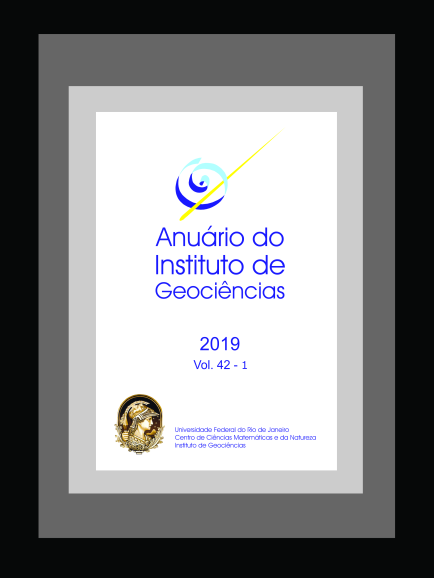Climatology of Espírito Santo and the Northern Campos Basin, Offshore Southeast Brazil
DOI:
https://doi.org/10.11137/2019_1_386_401Palavras-chave:
Wind, Air temperature, Mean sea level pressureResumo
The objective of this work is to describe the climate of Espírito Santo and the northern part of the Campos Basin (i.e., the Espírito Santo geographical area - ESGA), which is located in southeastern Brazil. The observed data from the Floating, Production, Storage and Offloading-Brazil platform, operated by Petrobras during the period 2004-2013, are used in this work. The results show that the 10-m wind over the ESGA blows predominantly from the northeast, north and east directions during the year, with moderate intensity (between 4.0 and 7.0 m s-1). The north wind is more intense than the south quadrant wind, which occurs during the passage of the transient systems. The average wind speed depends on the South Atlantic subtropical anticyclone position, which influences the surface pressure gradient over the study area. The wind is weaker during autumn; it reaches a monthly average of 5.3 m s-1 in April and is stronger in September and January (7.3 and 7.1 m s-1, respectively). The mean sea level pressure oscillates between 1012.3 hPa in the summer and 1019.5 hPa in the winter; the 2-m air temperature varies between 23.2°C in September and 27.4°C in March, and the 2-m relative humidity exhibits a minimum of 72.7% in May and a maximum of 84.2% in December. With regard to the frontal systems frequency, an average of 30.2 systems reach the southern ESGA each year, with a maximum in September (3.9 systems) and a minimum in February (0.8 system).Downloads
Publicado
2019-12-01
Edição
Seção
Artigos
Licença
Os artigos publicados nesta revista se encontram sob a llicença Creative Commons — Atribuição 4.0 Internacional — CC BY 4.0, que permite o uso, distribuição e reprodução em qualquer meio, contanto que o trabalho original seja devidamente citado.
















 Exceto onde indicado de outra forma, o conteúdo deste site é licenciado sob uma licença
Exceto onde indicado de outra forma, o conteúdo deste site é licenciado sob uma licença 